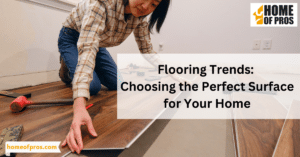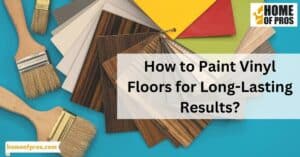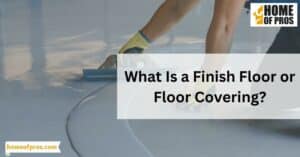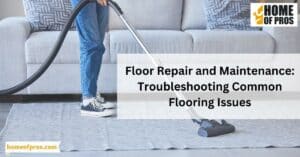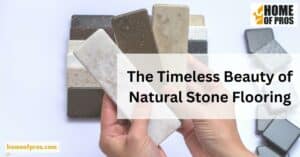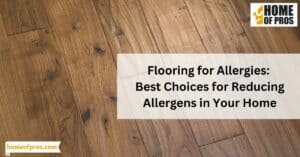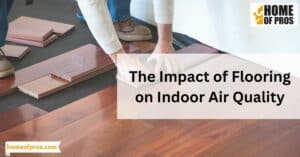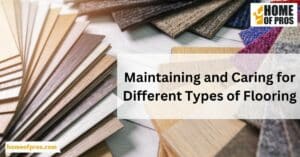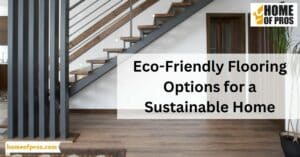As homeowners, we all strive to have a beautiful living space that reflects our personal style but sometimes, that comes with an expensive price tag. Fortunately, with the rise of luxury vinyl plank (LVP) flooring, you can now have elegant and classy floors without breaking the bank.
LVP flooring is the perfect option for those looking for a high-end look without the high-end price. It can resist wear and tear, including scratches, dents, and stains, making it ideal for households with pets or children. Plus, its easy installation saves time and money!
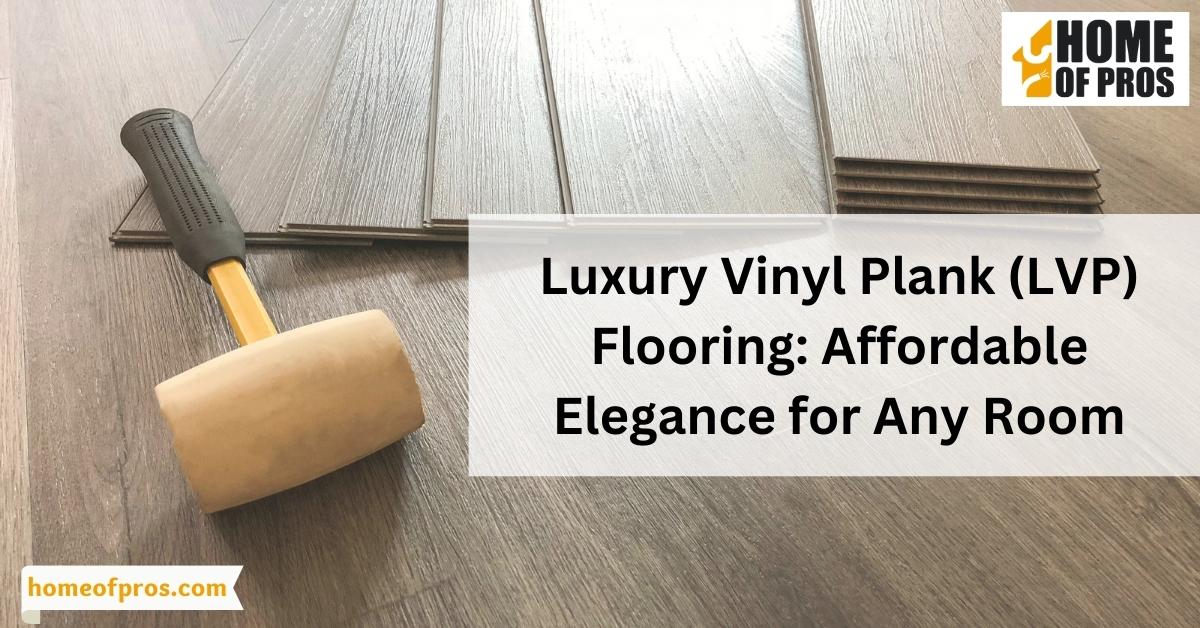
The Benefits of Luxury Vinyl Plank Flooring
Luxury vinyl plank flooring has been gaining popularity in recent years for good reason. It combines the high-end look of hardwood with the durability and easy maintenance of vinyl. If you’re considering a flooring upgrade, here are some compelling reasons why luxury vinyl plank flooring could be the perfect option for your home.
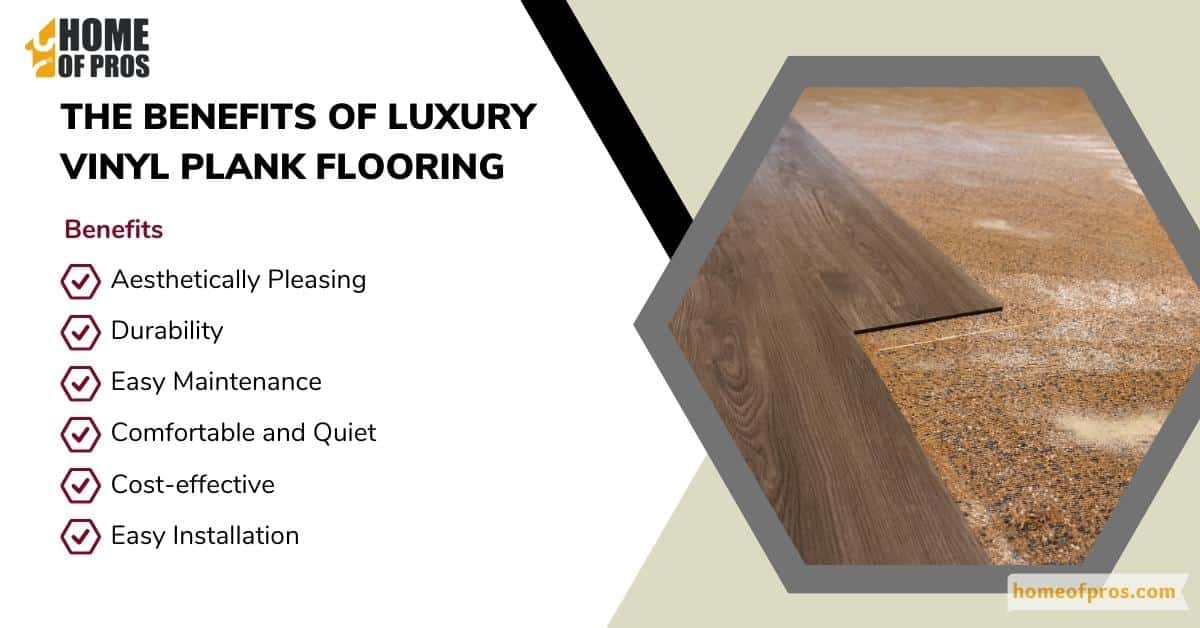
- Aesthetically Pleasing: Luxury vinyl plank flooring can mimic the look of various hardwood species, stone, and even ceramic tile, providing an upscale look without the upscale price tag. It’s realistic textures and beautiful finishes can enhance any room’s decor.
- Durability: Luxury vinyl planks are well-known for their durability. They are resistant to scratches, dents, and stains, making them an excellent choice for high-traffic areas or households with pets and children.
- Easy Maintenance: Unlike hardwood, luxury vinyl plank flooring doesn’t need frequent polishing or waxing. A simple sweep and mop will keep it looking pristine. It’s also waterproof, so spills can be cleaned up easily without causing damage.
- Comfortable and Quiet: This type of flooring is softer and warmer underfoot compared to traditional hardwood or tile, adding a level of comfort to your home. Plus, it absorbs sound, which can make your living space quieter.
- Cost-effective: While it gives the luxurious appearance of more expensive flooring options, luxury vinyl plank flooring is relatively affordable. Plus, because of its durability and low maintenance, it can save you money in the long run.
- Easy Installation: Many luxury vinyl planks come with a click-and-lock design, making installation much easier than other flooring types. Some versions can even be installed over existing flooring, saving time and reducing installation costs.
The Primary Components of LVP Flooring
Luxury Vinyl Plank (LVP) flooring is rapidly becoming a popular choice among homeowners and interior designers due to its durability, affordability, and aesthetic appeal. But what exactly makes up this versatile flooring option? Let’s dive into the primary components of LVP flooring.
Top Layer: Wear Layer
The topmost layer of LVP flooring is the wear layer. This transparent layer is typically made of urethane or aluminum oxide, providing a hard surface that resists scratches, stains, and everyday wear and tear. The thickness of this layer can vary, but a thicker wear layer generally means a more durable floor.
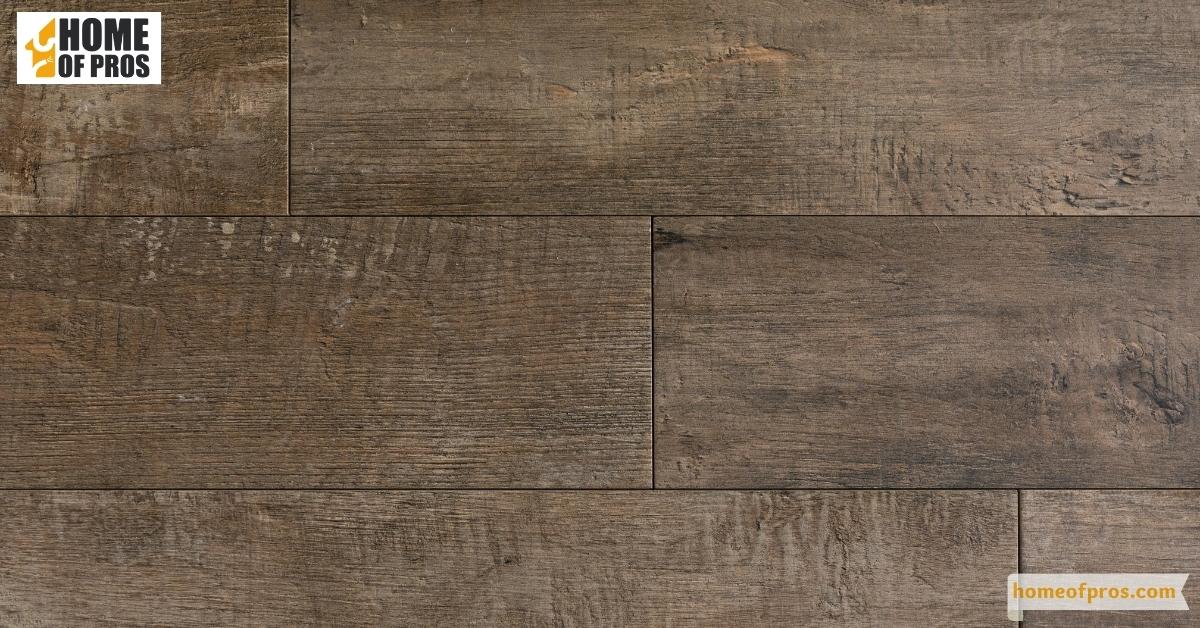
Second Layer: Vinyl Layer
Right beneath the wear layer is the vinyl layer. This is where the color and pattern of the flooring are located. High-quality LVP floors use a printing process that can mimic the look of natural wood, stone, or ceramic tile with remarkable accuracy.
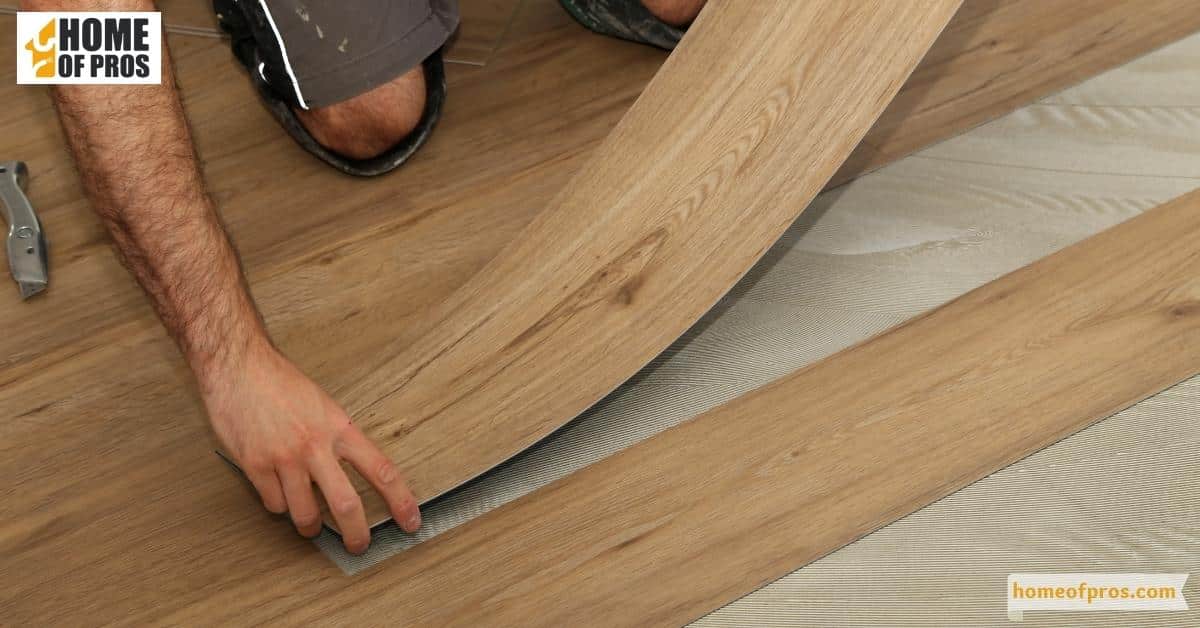
Third Layer: Core Layer
This is the thickest layer in the structure of an LVP floor and gives the plank its rigidity and thickness. It is usually made from stable PVC material which offers impact resistance and durability.
In some newer LVP products, this layer is often combined with limestone powder and stabilizers to create an even stronger and stiffer core, known as a Stone Plastic Composite (SPC) or Wood Plastic Composite (WPC) core.
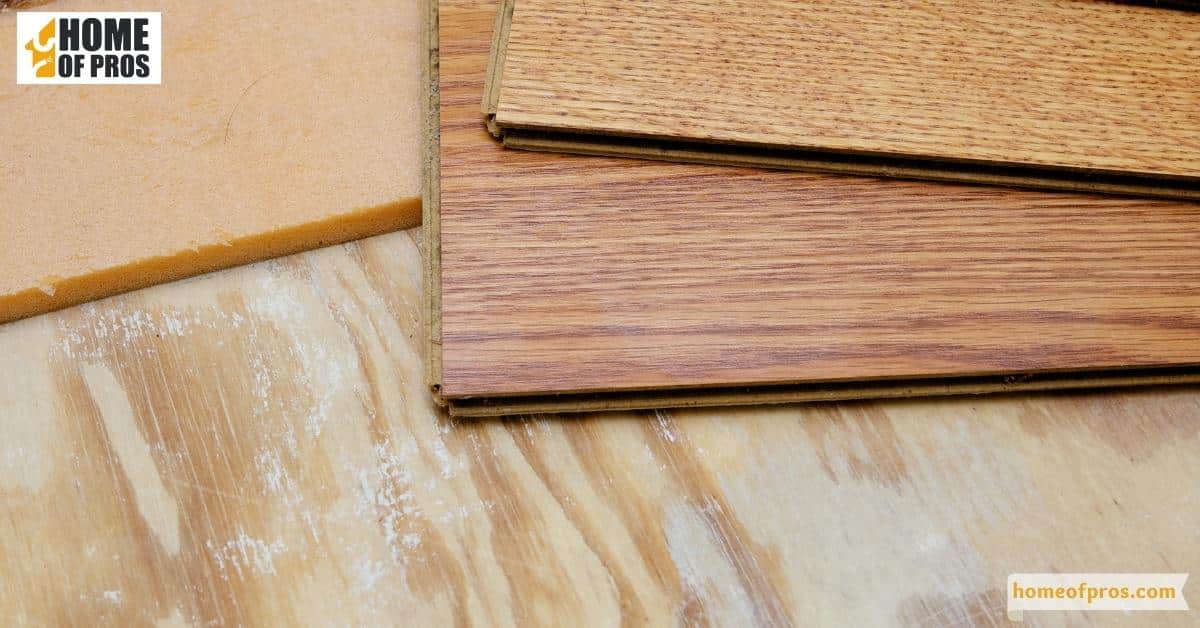
Bottom Layer: Backing Layer
The bottom layer, or backing layer, is designed to prevent moisture from seeping up from the subfloor and damaging the planks. Some LVP floors also include an additional attached underlayment layer on the very bottom to provide extra insulation and sound absorption.
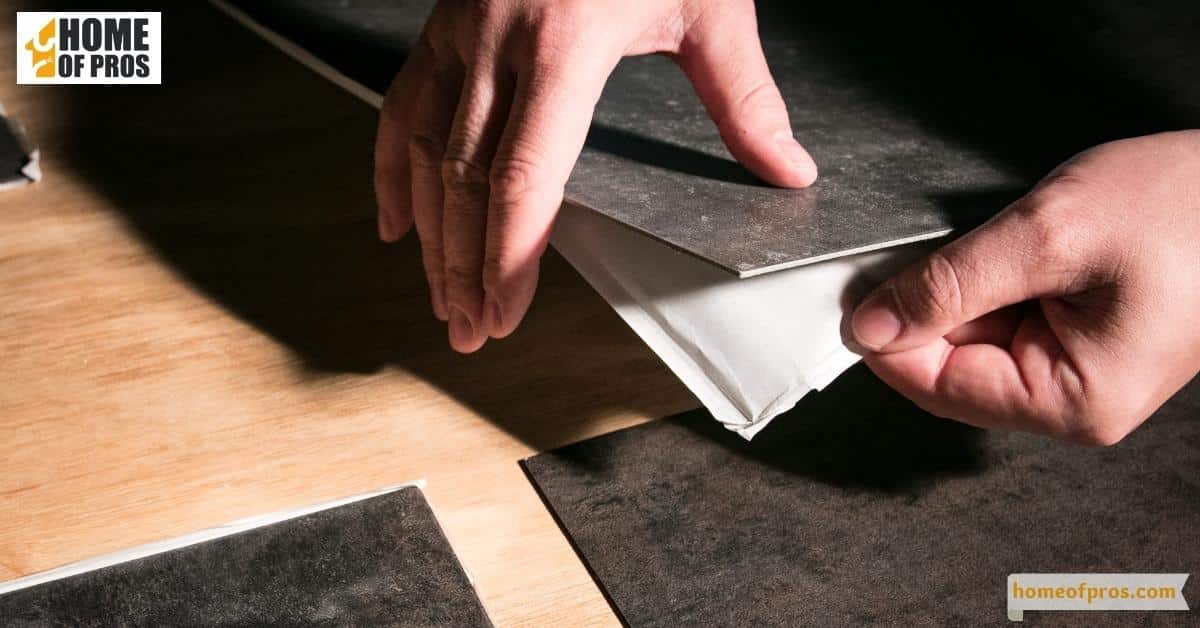
What Kinds of Wear and Tear Can LVP Handle?
Luxury Vinyl Plank (LVP) flooring is renowned for its remarkable durability. One of its primary advantages is its ability to withstand various types of wear and tear that other flooring options might succumb to.
Firstly, LVP flooring is highly resistant to scratches. Whether it’s from pet claws, furniture movement, or high foot traffic, the wear layer of LVP flooring can handle it all without showing significant damage. This makes it an excellent choice for households with pets or children.
Secondly, LVP flooring is waterproof, making it ideal for wet areas like kitchens and bathrooms. Unlike hardwood, which can warp or discolor when exposed to moisture, LVP maintains its structure and appearance.
Lastly, LVP’s robust construction enables it to resist dents and impacts. Accidental drops or heavy furniture are less likely to cause noticeable damage. In short, LVP flooring’s durability extends to a wide range of potential wear and tear, making it a versatile and long-lasting choice for any home.
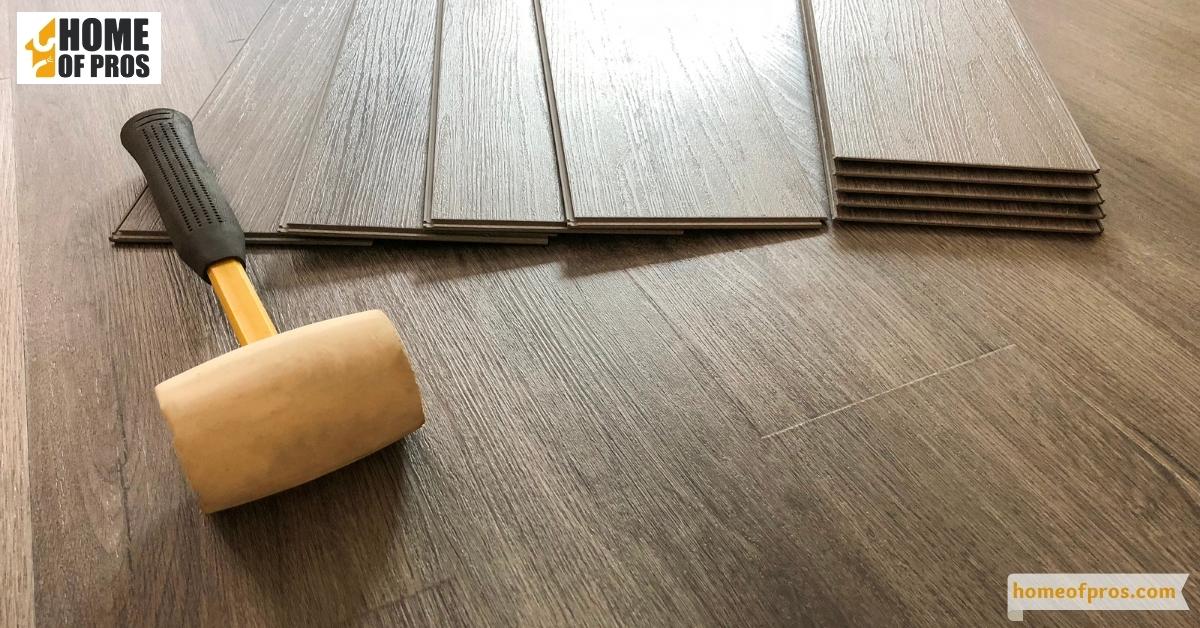
Installing Luxury Vinyl Plank Flooring in Your Home
Luxury Vinyl Plank (LVP) flooring is not just attractive and durable, but also relatively easy to install. Whether you’re a DIY enthusiast or prefer the help of professionals, here’s what you need to know about installing LVP flooring in your home.
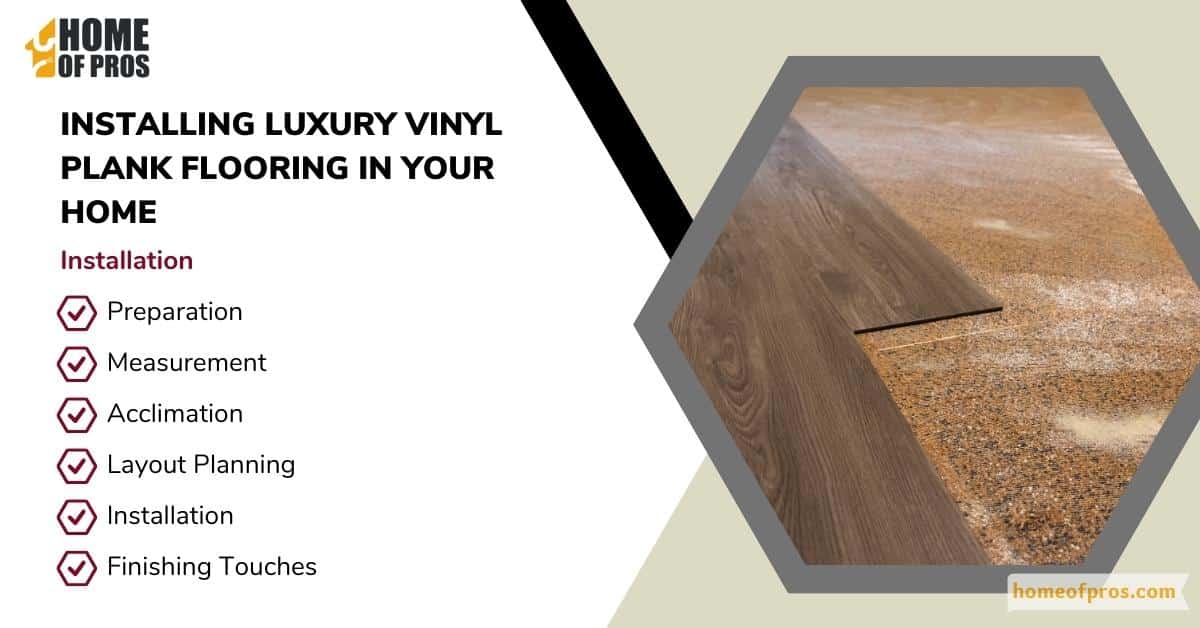
- Preparation: Start by removing any existing flooring and ensuring the subfloor is clean, dry, and level. Any significant unevenness might require the use of a leveling compound.
- Measurement: Next, measure the room accurately so you can calculate how much flooring you’ll need. Always buy a bit extra to account for errors or future repairs.
- Acclimation: Allow the LVP flooring to acclimate to the room’s temperature and humidity for at least 48 hours before installation. This helps prevent warping or buckling after installation.
- Layout Planning: Plan your layout carefully. Try to stagger the end joints of adjacent rows for a more natural look. Also, ensure that the planks at the edges of the room are at least 1/3 the width of a full plank.
- Installation: Most LVP flooring comes with a click-lock design, which makes installation relatively straightforward. Start from one corner of the room and work your way across, clicking each plank into place.
- Finishing Touches: Once all the planks are installed, add baseboards or quarter-round molding to cover the expansion gap around the edges of the room.
How to Maintain Your LVP Floors
Luxury Vinyl Plank (LVP) floors are praised for their durability and easy maintenance. However, to keep them looking their best and prolong their lifespan, there are some simple care and maintenance steps you should follow. Here’s your guide on how to maintain your LVP floors.
Regular Cleaning
Regular cleaning is the first step in maintaining your LVP floors. Use a soft broom or vacuum (without a beater bar) to remove dust and loose debris. For a deeper clean, mop the floor with a damp (not wet) mop and a cleaner specifically designed for vinyl floors. Avoid using abrasive cleaners or tools that could scratch the surface.
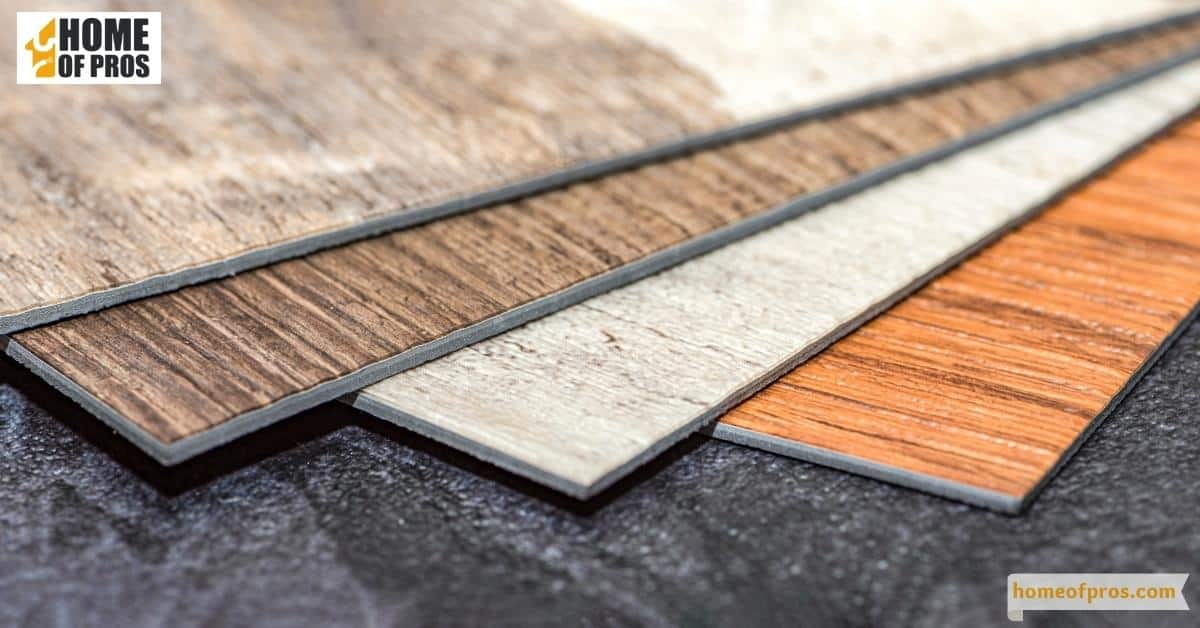
Dealing with Spills
One of the advantages of LVP flooring is its resistance to water damage. However, it’s still best to wipe up spills as soon as possible to prevent potential staining and to keep the floor clean. Use a soft, absorbent cloth for this purpose.

Preventing Scratches
While LVP floors are resistant to scratches, they’re not entirely scratch-proof. You can prevent scratches by using furniture pads under the legs of heavy furniture. Also, avoid dragging furniture across the floor. If you have pets, keep their nails trimmed to minimize scratches.
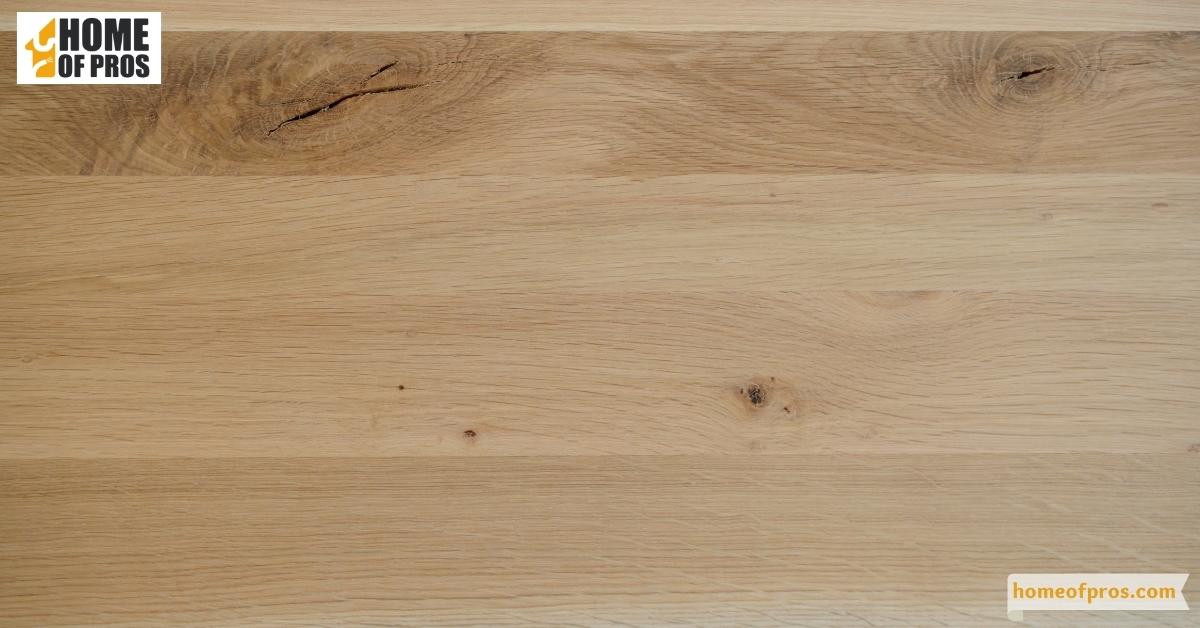
Avoiding Excessive Heat
LVP floors can be damaged by excessive heat. Therefore, protect your floors from direct sunlight by using blinds or curtains during peak sunlight hours. Also, avoid placing hot items directly on the floor.
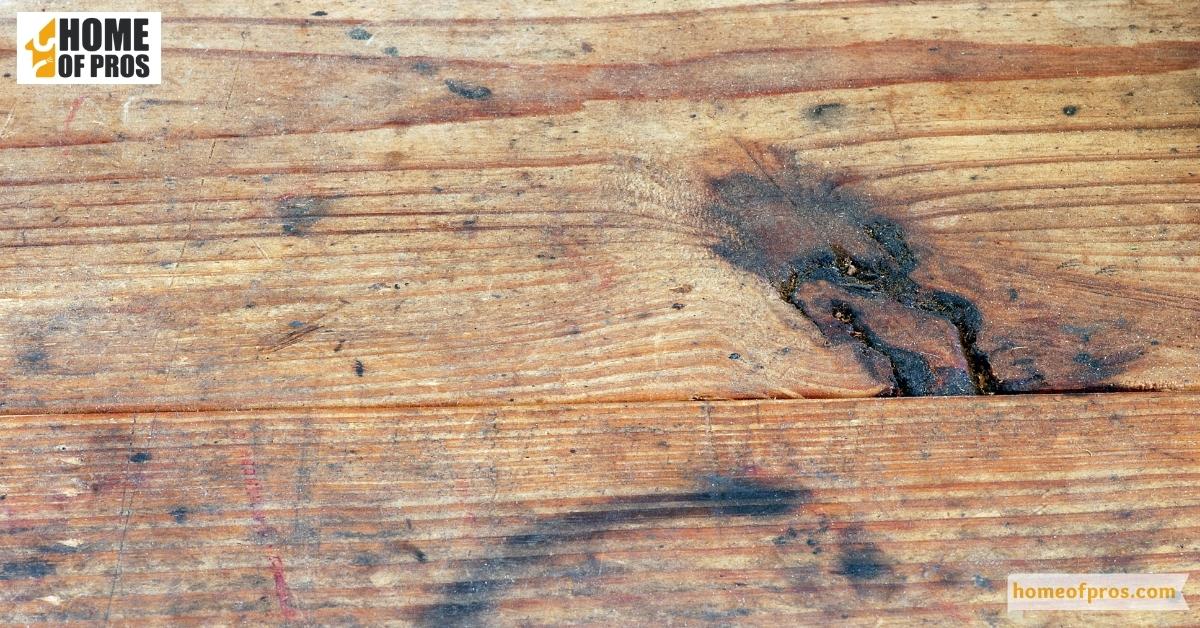
Using Mats and Rugs
Place mats at entrances to catch dirt and grit that could potentially scratch the floor. You can also use area rugs in high-traffic areas to reduce wear.
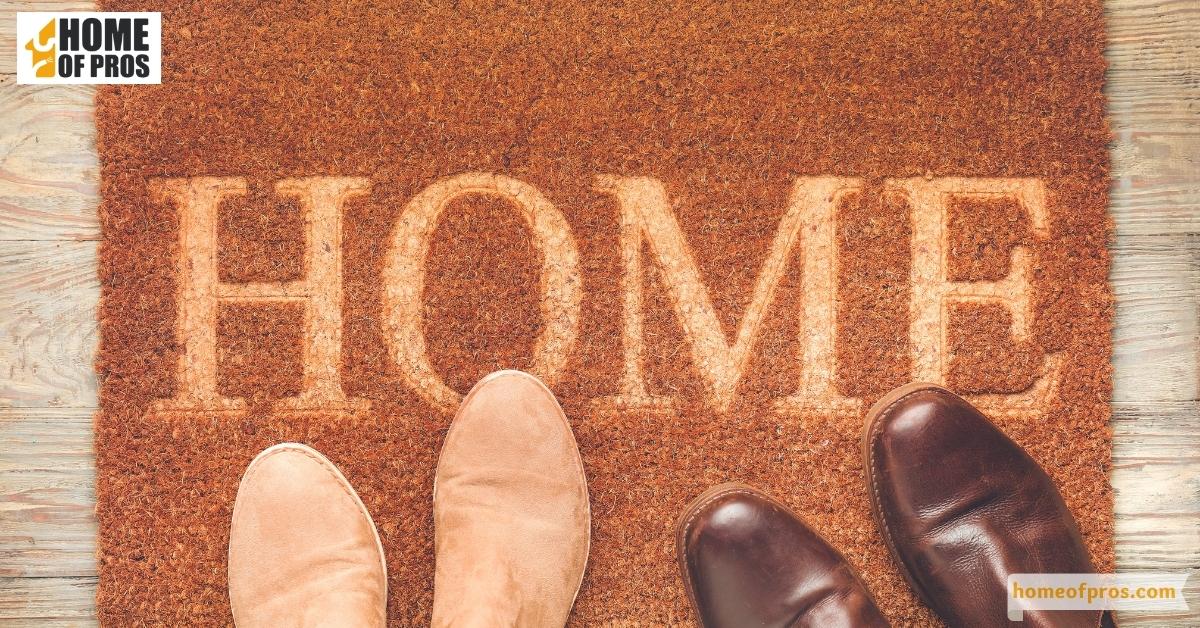
What To Consider Before Buying LVP Flooring?
Luxury Vinyl Plank (LVP) flooring offers a host of benefits, making it an attractive option for many homeowners. However, before you make the investment, there are several factors to consider to ensure it’s the right choice for your specific needs.
Your Lifestyle
Consider the kind of wear and tear your floor will likely endure. If you have pets, children, or high foot traffic in certain areas, you’ll want a high-quality LVP with a thick wear layer for added durability.
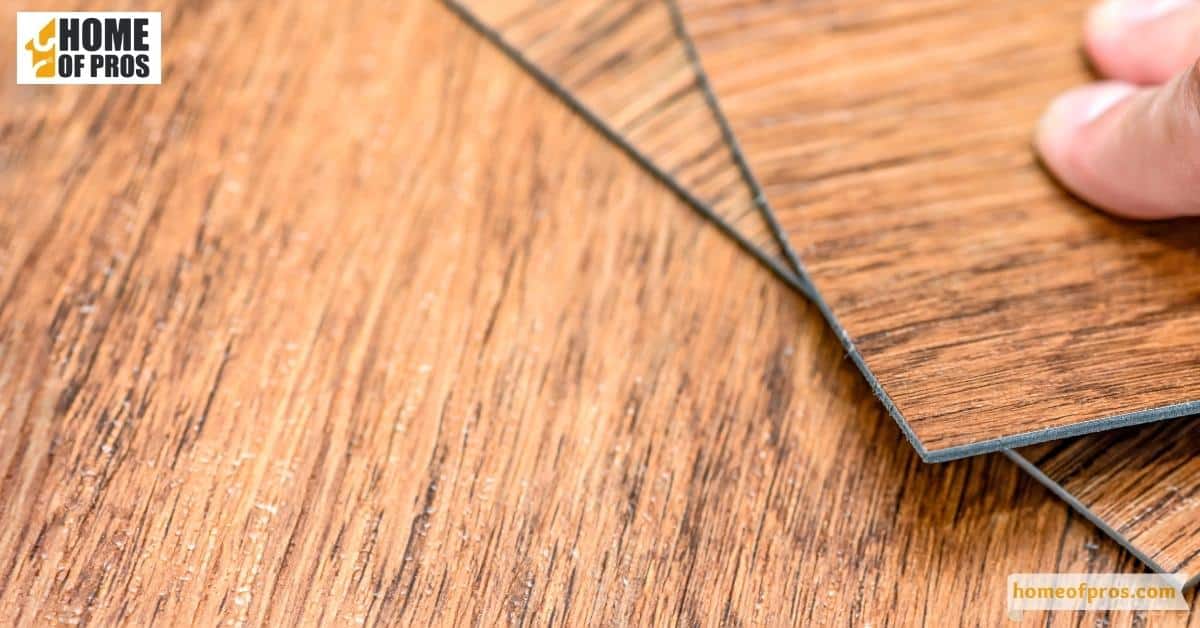
The Room’s Function
The function of the room also matters. For instance, LVP is an excellent choice for kitchens and bathrooms because it’s waterproof. However, in rooms that get a lot of sunlight, UV rays might cause fading over time.
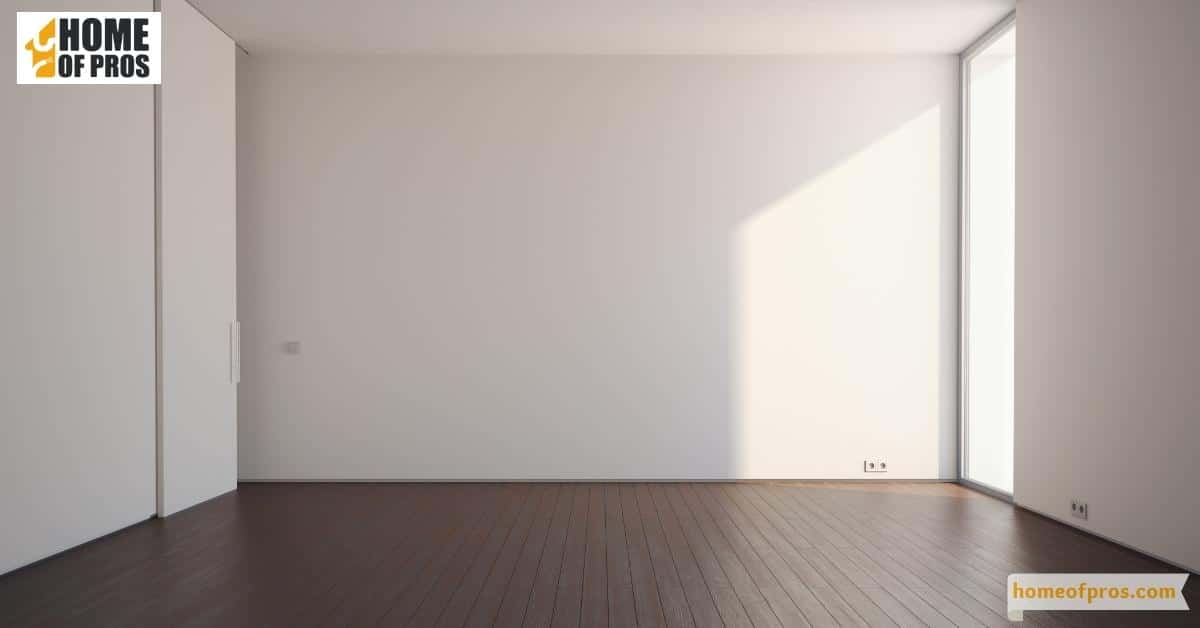
Aesthetics
LVP comes in a wide range of styles and colors. Consider how the look of the floor will fit with your home’s overall decor. You’ll want to choose a style that complements your furniture, wall colors, and other design elements.
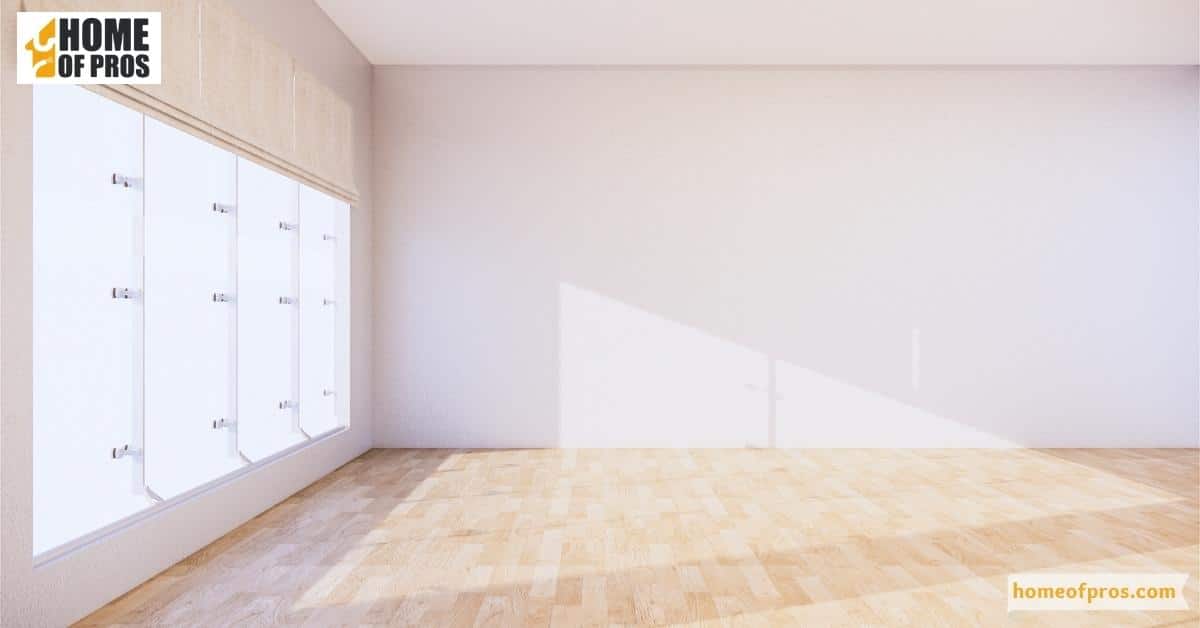
Budget
While LVP is generally more affordable than natural hardwood, prices can vary based on the quality and design of the planks. Determine your budget ahead of time, and remember to factor in the cost of underlayment and installation.

Installation
Think about who will install the flooring. While LVP is easier to install compared to many other types of flooring, it still requires some DIY skills. If you’re not comfortable doing it yourself, you’ll need to account for the cost of professional installation.

In conclusion
LVPFlooring is a great option for those who want an elegant look in their home without breaking the bank. With its many design options, durability, and easy installation, it is no wonder why LVP is becoming increasingly popular among homeowners.
It is a practical choice for any room in the house, including the kitchen and bathroom, due to its water-resistant and scratch-resistant properties. LVP provides the perfect marriage between luxury and affordability, making it an excellent investment for any home renovation project.


